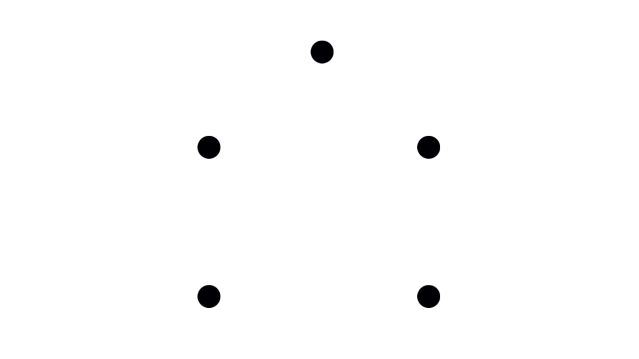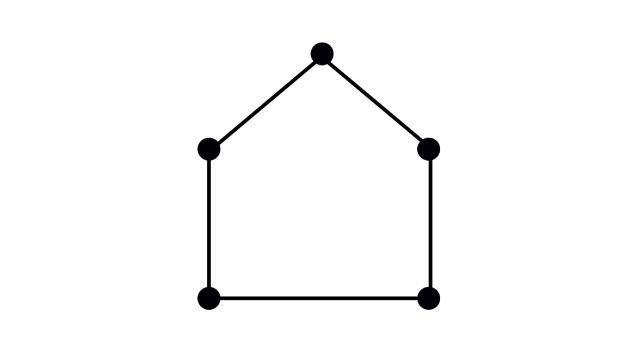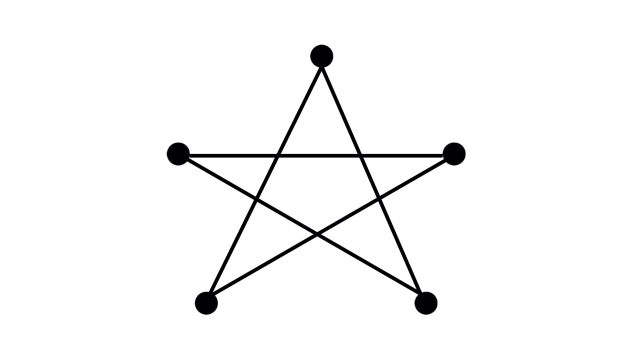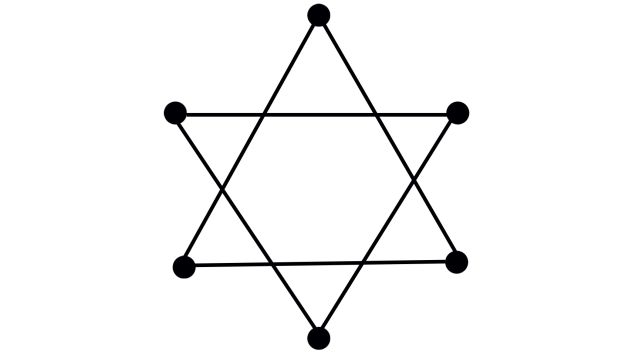Memory
Critical Thinking Is All About “Connecting the Dots”
Why memory is the missing piece in teaching critical thinking.
Updated September 1, 2024 Reviewed by Monica Vilhauer
Key points
- Critical thinking requires us to simultaneously analyze and interpret different pieces of information.
- To effectively interpret information, one must first be able to remember it.
- With technology reducing our memory skills, we must work on strengthening them.
I have a couple of questions for my regular (or semi-regular) readers, touching on a topic I’ve discussed many times on this blog. When it comes to power, persuasion, and influence, why is critical thinking so crucial? Alternatively, what are some common traps and pitfalls for those who prioritize critical thinking? It's not necessary that you go in to great detail—just any vague or general information that comes to mind will do.
Great! Regardless of whether you recalled anything specific, the key is you made the effort to remember something. Like many questions I pose here, the real purpose is to illustrate a point. If you aim to be influential and persuasive—i.e., successful—in both work and life, you must be proficient in critical thinking. To achieve this proficiency, you need to cultivate and exercise your memory, a skill that is increasingly at risk in a technology-saturated age.
Remembering Is the Foundation of Knowing
Learning and remembering something are often discussed as if they are two separate processes, but they are inextricably linked. Consider this: Everything you know now is something you once had to learn, from basic facts to complex knowledge and skills. Retaining this information as actual knowledge, rather than fleeting stimuli, depends entirely on memory. Without memory, there is no knowledge. Consequently, there can be no critical thinking, as it relies on prior knowledge, which in turn relies on memory.
Students sometimes tell me that they want to learn how to be good critical thinkers but complain about having to “memorize stuff.” On these occasions I will often say, in a playfully teasing manner, “What I hear you saying is that you're bothered by having to remember stuff.” This usually helps them see how silly and unreasonable it is to complain about memorizing information, as there isn’t a single course in existence that doesn’t require remembering something. The ability to remember is at the core of critical thinking, and I often use the simple visual demonstration that follows to illustrate this point.
Collecting Dots, Connecting Dots, and Correcting Dots
Benjamin Bloom, an educational psychologist, developed a model known as the “Taxonomy of Learning.” Originally intended for educational psychology, this model also highlights why memory is the foundation of critical thinking—or any kind of thinking at all.
Humans are creatures of interpretation, constantly processing the information we perceive. This ability has made us the scientists, inventors, and artists that we are today. To interpret information, however, we must first remember it—not all information, obviously, as that’s impossible. Thanks to technology (which we’ll get to momentarily) we have vast amounts of information potentially at our fingertips. But how do you know what information to look up in a given situation? To know where to start and avoid endlessly searching irrelevant data, you need to remember enough of the right kind of information.
Think of a crime movie where an investigator, while reviewing evidence, suddenly has an epiphany and rushes off to confirm their hunch. These scenes illustrate that while the investigator needs more information, they remember enough to know what to search for.
Here’s a visual demonstration I use in class to help my students understand. Imagine you have pieces of information represented as five dots:

Now let’s say that any coherent shape or picture you can draw using these dots is an interpretation of the information. When examined together, what might these five dots mean? Here’s one way to connect the dots.

What does this shape represent? Many people will quickly say it’s a house, a common and reasonable interpretation. But not everyone sees it as a house. Some might say it’s the home plate used in baseball. Even when people connect the dots (i.e., interpret a cluster of information) the same way using the same lines, they don’t necessarily interpret the picture the same way. The situation becomes more complex when people connect the dots differently, creating a completely different shape or picture.

Now, having connected the dots differently, instead of a house, we have a star. Or at least some would consider it a star; others might say it’s an occult or magic symbol—these are all very different interpretations. This shows that with the same pieces of information, people can “connect the dots” differently, and even when they connect them the same way, they see different things.
Now what happens when additional information is added or an alleged “missing dot” is perceived by others?

With just one additional dot, what could have previously been interpreted as a 5-pointed star can now be reasonably interpreted as the Star of David.
Finally, sometimes the additional information can lead to a completely different shape or image, resulting in a “eureka” moment of insight. What previously appeared as different types of stars now looks like a circle.

I use this classroom demonstration to illustrate how people can interpret the same objective information in highly subjective ways, creating different narratives for themselves and others. This is a crucial point to remember when aiming to influence or persuade others—i.e., the need to see things from their perspective. Additionally, this activity powerfully underscores the importance of “collecting dots”—that is, the importance of remembering crucial bits of information. Without enough such dots, you lack the basic information needed to form meaningful ideas. Without meaningful ideas, you can’t think critically, influence, or persuade. It’s as straightforward as that.
Occasionally, the information we rely upon becomes outdated, circumstances change, or our initial understanding proves incorrect. Therefore it is essential not only to collect and connect information but also be willing to revise it—or, to complete the metaphor, "correct the dots." This task is challenging due to confirmation bias and egocentric bias, which hinder individuals from acknowledging errors. Here again, weak or faulty memories further increase the likelihood of mistakes.
Memory in the Age of Omnipresent Technology
Why is it so crucial to recognize that memory is foundational to critical thinking, power, influence, and persuasion? Partly because this fact isn’t widely acknowledged—and it needs to be. Additionally, we live in an era where memory is under unprecedented assault. While technology allows us to achieve remarkable feats unimaginable to previous generations, it comes at a cost. One such cost is “digital-induced amnesia,” where our memory capabilities atrophy due to information overload and technology taking over many of the cognitive tasks we used to perform ourselves.
Memory doesn’t exist in isolation. It’s closely tied to traits like the ability to focus and pay attention. If you’re not paying attention, you can’t absorb the information that you want or need to remember. Unfortunately, technology also impacts our ability to focus, and this doesn’t even touch on the dramatic ways AI’s explosive development might undermine our thinking skills.
This article won’t delve into specifics on improving focus and memory in an age of tech ubiquity. Fortunately, resources from Psychology Today can help with that. My goal here is to convince you why memory is so vital for anyone who wishes to be a critical thinker and a persuasive, influential person. Now you know. Whether you’ll remember or not...only time will tell.




